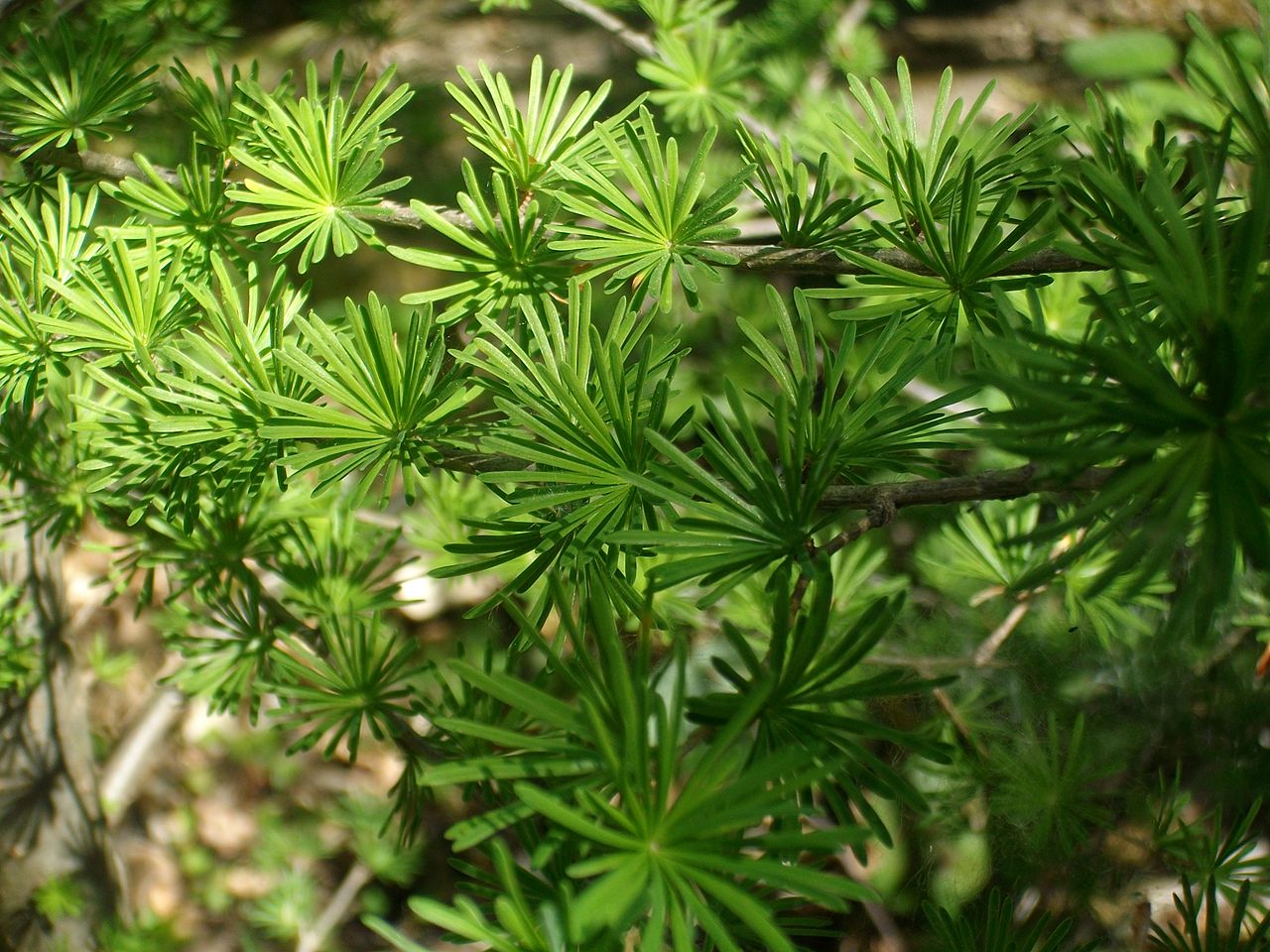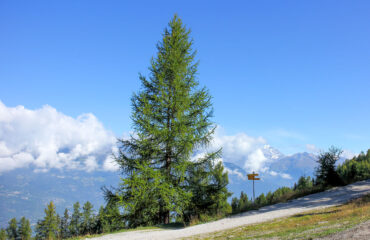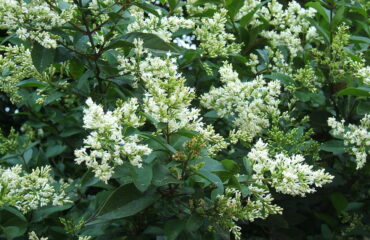Larix kaempferi, commonly known as Japanese Larch, is a deciduous conifer native to Japan. This tree is highly valued for its striking appearance, featuring soft, bright green needles in spring and summer that turn golden yellow in autumn before falling. Larix kaempferi is popular in forestry, landscaping, and bonsai due to its adaptability, fast growth, and unique seasonal beauty. Propagating Larix kaempferi can be accomplished through various methods, including seeds, cuttings, grafting, and air layering. Each method has its specific applications and benefits, making it possible to propagate this versatile tree effectively.
Larix kaempferi (Japanese Larch) Propagation Methods
This detailed overview covers the various propagation methods for Larix kaempferi, providing practical insights and guidance for both novice and experienced gardeners interested in growing this distinctive and ornamental tree.
1. Seed Propagation
1.1. Seed Collection
Seed propagation is a traditional and widely used method for growing Larix kaempferi, especially in forestry and large-scale plantings.
- Identifying Mature Cones: Collect seeds from mature cones in late autumn or early winter when they have turned brown and started to open.
- Seed Extraction: Open the cones to extract the small, winged seeds. Air-dry the seeds for a few days to ensure they are fully dry.
- Seed Storage: Store seeds in a cool, dry place until ready to sow. Seeds can be stored for several months if needed.
1.2. Sowing and Germination
Proper sowing techniques and conditions are essential for successful germination of Larix kaempferi seeds.
- Stratification: To break dormancy, stratify seeds by placing them in a moist medium (such as sand or peat) and refrigerate them at 2-4°C (36-39°F) for 4-6 weeks.
- Sowing Seeds: After stratification, sow seeds in pots or trays filled with well-draining seed-starting mix. Cover seeds lightly with soil.
- Germination Conditions: Place the trays in a location with bright, indirect light and maintain a consistent temperature around 20°C (68°F). Keep the soil consistently moist but not waterlogged.
- Seedling Care: Once seedlings emerge, provide adequate light and thin them if they become too crowded.
2. Cuttings
Propagation through cuttings is another method for cultivating Larix kaempferi, particularly for producing clones of specific varieties.
2.1. Cutting and Preparation
- Selecting Cuttings: Choose healthy, semi-hardwood cuttings from the current season’s growth in late summer or early autumn.
- Cutting Technique: Take 4-6 inch cuttings, making a clean cut just below a node.
- Preparing Cuttings: Remove the lower leaves and dip the cut end in rooting hormone to enhance root development.
2.2. Rooting and Planting
- Rooting Medium: Plant cuttings in a well-draining medium such as a mix of peat and perlite or sand.
- Rooting Environment: Maintain high humidity by covering the cuttings with a plastic dome or placing them in a misting system. Provide indirect light.
- Transplanting: Once roots have formed (usually in several weeks), transplant the rooted cuttings into individual pots with a standard potting mix.
3. Grafting
Grafting is often used to propagate Larix kaempferi, especially when maintaining specific cultivars or creating uniform stands is desired.
3.1. Grafting Techniques
- Scion and Rootstock: Select a healthy scion from the desired cultivar and a compatible rootstock.
- Technique: Common techniques include cleft grafting and side grafting. Make precise cuts on both the scion and rootstock to ensure good contact.
- Grafting Procedure: Secure the graft with grafting tape or rubber bands and apply grafting wax to seal and protect the junction.
3.2. Post-Grafting Care
- Environment: Place the grafted plants in a controlled environment with high humidity and indirect light to encourage healing and growth.
- Monitoring: Regularly check the graft for signs of compatibility and growth. Remove any shoots that develop from the rootstock below the graft.
4. Air Layering
Air layering is a propagation method that induces root formation on a branch while it is still attached to the parent plant.
4.1. Air Layering Process
- Selection of Branch: Choose a healthy, vigorous branch that is at least one year old.
- Preparing the Branch: Make a shallow cut or remove a ring of bark around the branch (girdling) to expose the inner tissue.
- Applying Rooting Medium: Apply rooting hormone to the exposed area and cover it with moist sphagnum moss. Wrap the moss in plastic to maintain moisture and secure it with ties.
4.2. Root Formation and Separation
- Monitoring: Check the layer periodically to ensure it stays moist and look for root development.
- Separation and Planting: Once sufficient roots have formed (this may take several months), cut the branch below the rooted area and plant it in a pot or in the ground.
Conclusion
Propagating Larix kaempferi through seeds, cuttings, grafting, and air layering provides diverse options for gardeners and horticulturists to expand their collections and maintain specific cultivars. Each method offers unique benefits and challenges, making it important to choose the right technique based on the desired outcome and available resources. By mastering these propagation techniques, enthusiasts can enjoy the beauty and versatility of Larix kaempferi in various settings, from large-scale forestry projects to detailed bonsai creations.
Share this article


